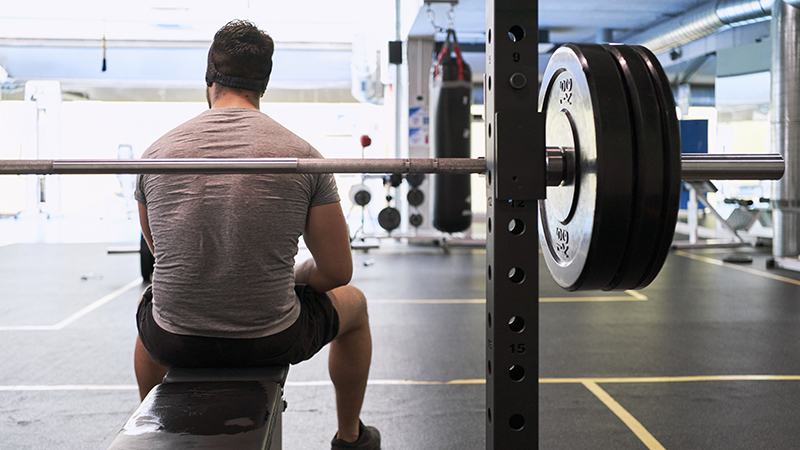If the Shoe Fits [Infographic]
Runner's Guide to Finding the Right Shoe
Published July 2022
How long have you had your running shoes? How well do they really fit?
Wearing a pair of shoes that fits your foot and your gait can not only make exercise more comfortable, but it can also help prevent injuries.
"Finding the right shoe can be an essential piece of the puzzle to obtaining your goals," says Steven Mayer, MD, a Northwestern Medicine sports medicine physician. "Your foot structure can make a significant difference in determining the best shoe for your safety and performance."
Here is how to find running shoes that fit:
- Shop swollen. Your feet swell as the day goes on. Try on shoes at the end of the day, when your feet are most swollen, to ensure that you will have room in your new shoes. Bring the type of socks you wear when you run or work out and shoe inserts, if you use them.
- Ask experts. Ask the salesperson for help. They can walk you through options that are appropriate for your foot. You can also consult a sports medicine physician or podiatrist (foot care physician) before you shop.
- Get sized. Your feet change in size and shape over time. Your feet also differ from each other in size and shape. That is why you must try on both shoes, and fit to the larger foot.
- Know your pronation pattern. Feet naturally pronate — or move from side to side — when you walk or run. Knowing how your feet pronate will help you find the right shoe for your foot structure. Learn more below.
"Picking out the correct shoe can mean the difference between developing a successful workout program or calling it quits," says Dr. Mayer. "Northwestern Medicine has a multidisciplinary team of clinicians who can go through the best choices for you and develop an individualized plan based on your previous exercise experience, foot structure, past injuries, comfort and future goals."
Learn more about the Northwestern Medicine Running Medicine Clinic.
 Download If the Shoe Fits [Infographic]
Download If the Shoe Fits [Infographic]






